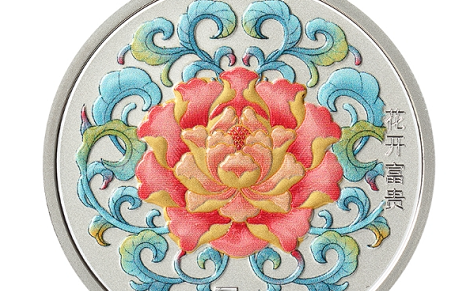Sweden classifies monkeypox as disease dangerous to society
STOCKHOLM, May 20 (Xinhua) -- Sweden's government on Friday classified monkeypox as a disease dangerous to society after the first case had been confirmed in the country.
"The classification gives access to the adoption of infection control measures aimed at preventing further spread," Health Minister Lena Hallengren said in a press release.
"It is also important that information reaches vulnerable groups and that health services are prepared to handle and trace suspected cases," Hallengren said.
On Thursday, the Public Health Agency of Sweden requested the above classification of the disease after the first case had been confirmed near the country's capital.
The agency has notified the World Health Organization (WHO) and the European Center for Disease Prevention and Control (ECDC), which are following the developments after infections have also been confirmed in other European countries.
On May 20, the number of confirmed cases around the world stood at 38, all but one of which had no relevant travel history to areas where monkeypox is endemic, the ECDC said in its latest epidemiological update.
Monkeypox was first identified in central and west Africa and was first reported as a human disease in 1970, according to the ECDC. The first reported outbreak outside the continent was in the United States in 2003 and was linked to imported infected mammals.
According to the ECDC, "transmission to humans can occur through contact with an infected animal or human, or with human bodily material containing the virus."
Transmission between humans mostly occurs through large respiratory droplets. "As droplets cannot travel far, prolonged face-to-face contact is needed," ECDC warned.
The virus can also enter the body through bodily fluids, lesion material or indirect contact with lesion material.
The incubation period is typically six to 16 days, in some cases up to 21 days, the ECDC said.
Symptoms include fever, headache, muscle ache, backache, swollen lymph nodes, chills and exhaustion. A rash typically develops. The rash eventually forms a scab, which later falls off, indicating that the person is no longer infectious.
Photos
 China’s central bank to issue commemorative coins on cultural theme of auspiciousness, including two heart-shaped coins
China’s central bank to issue commemorative coins on cultural theme of auspiciousness, including two heart-shaped coins Population of endangered black-headed gulls exceeds 10,000 mark in NE China’s coastal city of Panjin
Population of endangered black-headed gulls exceeds 10,000 mark in NE China’s coastal city of Panjin China's self-developed floating airship breaks record
China's self-developed floating airship breaks record Chinese germplasm bank conserves biodiversity in warm temperate zone
Chinese germplasm bank conserves biodiversity in warm temperate zone
Copyright © 2022 People's Daily Online. All Rights Reserved.






